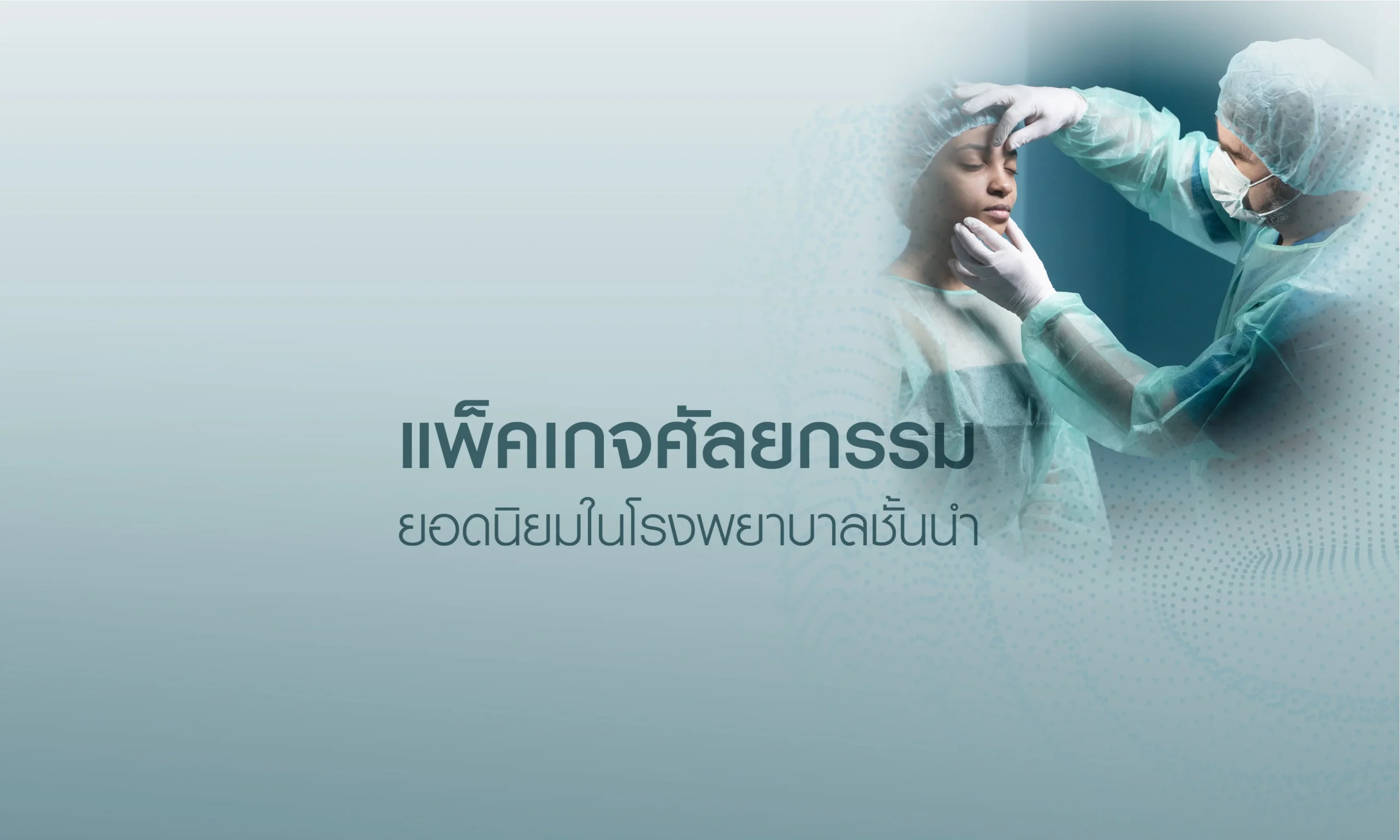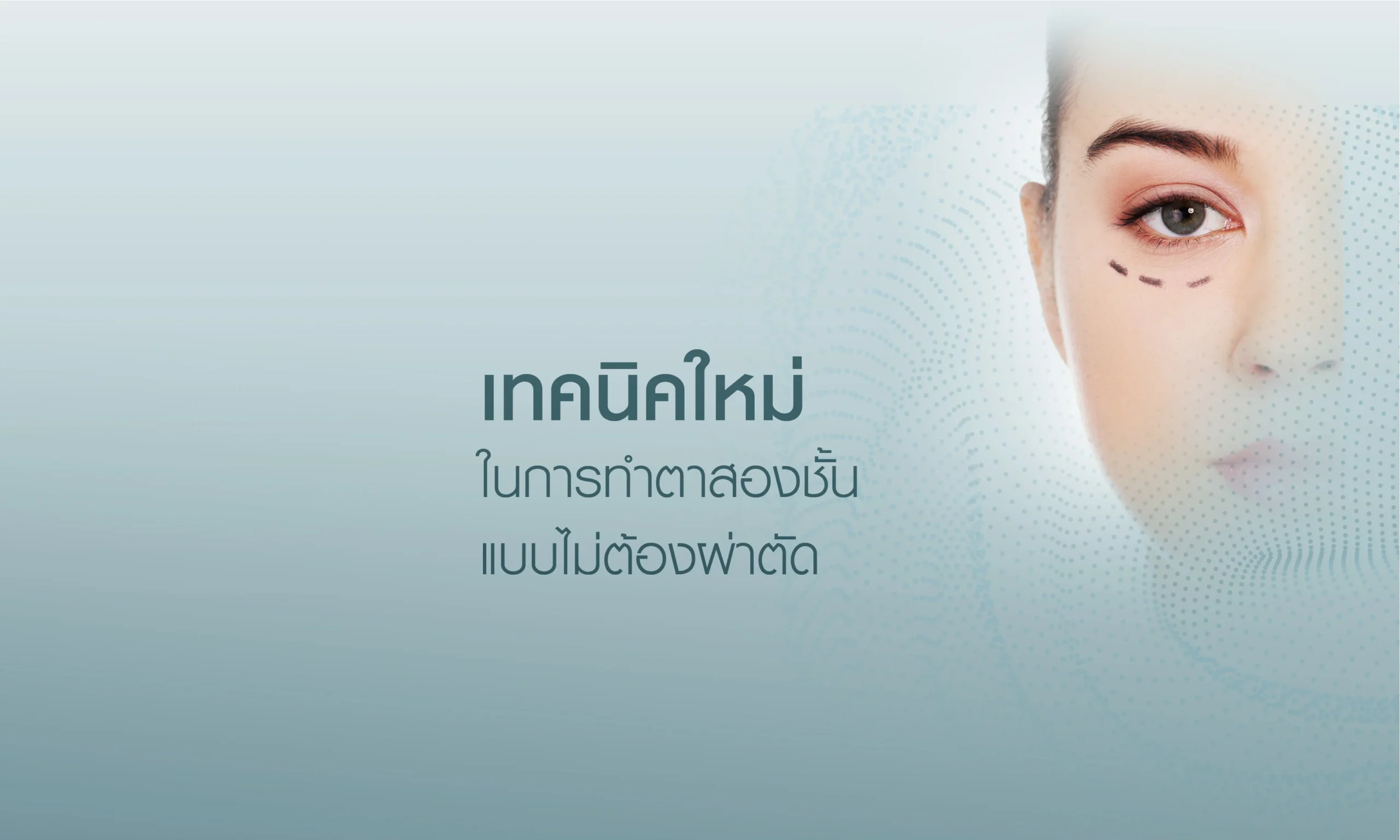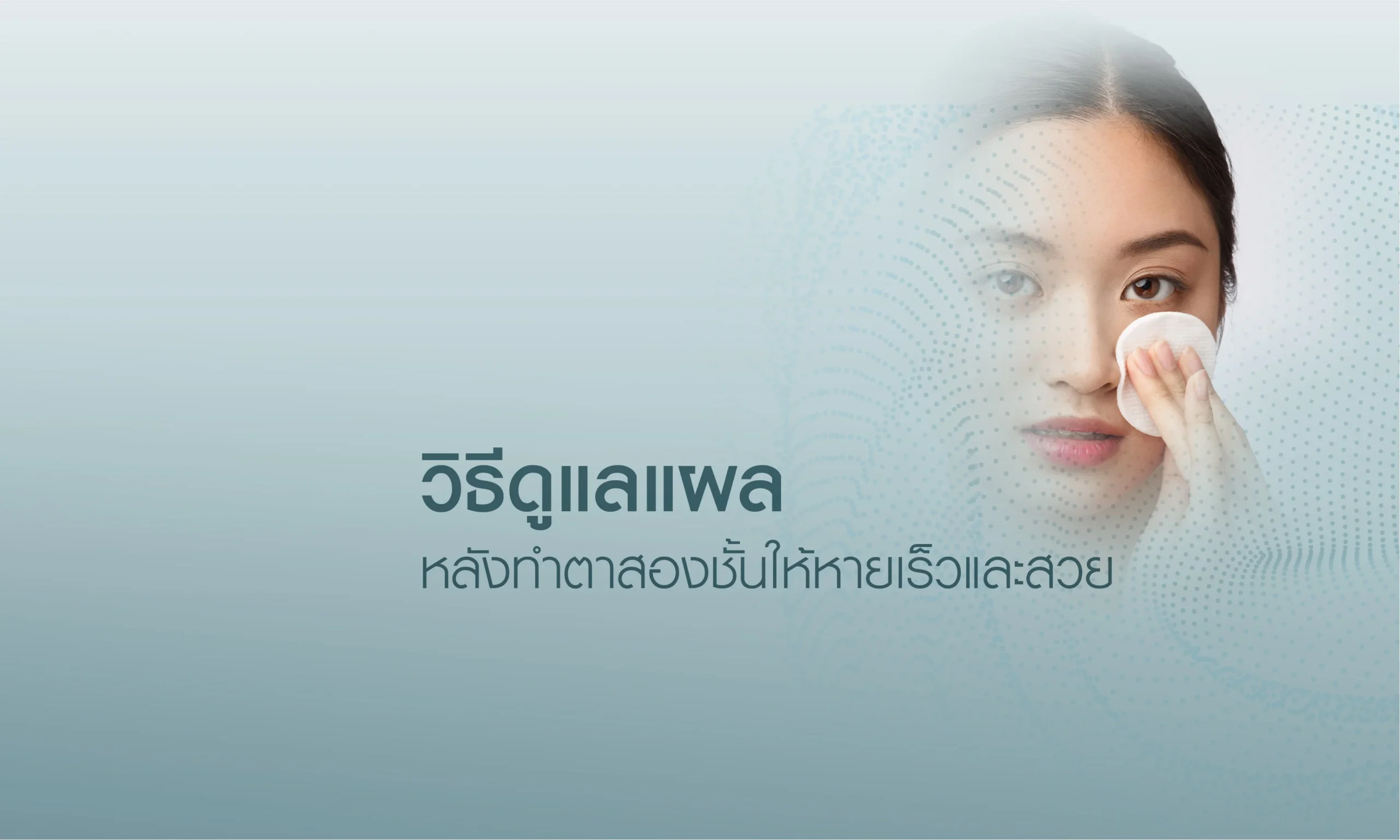In an era where technology is rapidly developing, the use of modern technology in surgical hospitals is an important factor that helps increase safety, precision, and efficiency in surgery, as well as providing high-quality services, especially cosmetic surgery that requires meticulousness and close care. In this article, we will introduce you to modern technology that helps elevate the level of surgery in hospitals to be safe and produce the best results
Laser Surgery
Laser surgery is a technology used to treat or improve the appearance of the body medically, such as facial rejuvenation, scar removal, or the destruction of excess fat cells, using a high-precision laser beam, which minimizes tissue injury and reduces recovery time.
Advantages of laser surgery
- Helps reduce post-operative recovery. Laser surgery often results in very small surgical wounds, which allows our bodies to recover faster, without the long recovery periods or even avoiding infections that may occur from opening large wounds with traditional instruments.
- Reduces surgical trauma: Because the use of lasers in surgery allows precise and smooth cutting or destruction of tissue, reducing impact on surrounding tissue, resulting in a reduced risk of wound infection or postoperative pain.
- It is used in many cases such as skin care, double eyelid surgery or nose augmentation. Laser surgery in this case allows for a more detailed and precise result, and also reduces swelling and scarring that may occur after other surgical methods.
Robotic Surgery Technology
The use of medical robots in surgery is an innovation that helps increase the precision of surgery, especially in complex surgeries such as breast augmentation or various cosmetic surgeries. Robots allow doctors to see and access difficult-to-operate areas in detail and can control instruments more precisely.
Advantages of using robots in surgery
The use of robots in surgery is a technology that is gaining popularity in the medical field because it has many advantages that help make patient treatment more efficient. The first is precision. The use of robots allows for more precise surgery than the doctor’s hands because robots can control the tools precisely, with less shaking or irregular movements than human hands, allowing the surgery to proceed as planned and reducing the risk of errors.
Another important advantage is the smaller wound size. In robotic surgery, smaller instruments are used and can reach the surgical site more easily. The surgical wound is smaller, which results in a faster recovery for the patient. Because the smaller wound heals faster, there is no need for a long recovery period and no complicated wound treatment.
Using 3D Imaging and 3D Printing Technology
3D Imaging technology or three-dimensional image creation allows doctors to view detailed images of the patient’s body, allowing for precise surgical planning, especially in facial reconstructive surgery such as rhinoplasty or facial plastic surgery.
3D printing can also be used to produce a physical model of a patient who needs surgery, giving doctors a clearer picture and enabling them to plan the surgery more accurately and efficiently.
Advantages of using 3D Imaging and 3D Printing technology
- Helps to make surgical planning more accurate
- Reduce the risk of post-operative problems
- Make surgery possible in a way that suits each person’s body.
Using new anesthesia technology (Advanced Anesthesia Technology)
Anesthesia is an important part of surgical procedures, especially when the patient is required to fall into a deep sleep to facilitate a smooth operation. Today’s anesthesia technology has greatly improved, with tools that allow the surgeon to precisely control the level of anesthesia administered, which reduces the risk of potential complications.
Advantages of new anesthesia technology
- Precise control of anesthetic levels
- Reduce the risk of complications during surgery
- Helps patients recover faster from anesthesia.
Artificial Intelligence (AI) analytics technology
Artificial intelligence (AI) technology plays a key role in analyzing medical data, such as analyzing body or skin images. Using AI allows doctors to quickly and accurately assess a patient’s physical condition, increasing confidence in medical decision-making.
Advantages of AI in Surgery
- Helps analyze data quickly and accurately
- Assist physicians in making decisions regarding the best treatment option.
- Reduce errors from human analysis
Endoscopy (endoscopic imaging) technology
The use of Endoscopy technology to examine the inside of the body is an important tool in surgical procedures such as rhinoplasty or any surgery that requires examination of the inside of the body. This technology allows doctors to examine the inside of the patient’s body without having to make a large incision.
Advantages of Endoscopy
- Helps make surgery more precise
- Reduce surgical injury
- Reduce recovery time after surgery
Use of Post-Surgery Monitoring Technology
Post-operative care is just as important as the surgery itself. Currently, there is technology that helps in monitoring and caring for patients after surgery, such as tracking the patient’s recovery through devices connected to online systems or applications, which allows doctors to monitor the patient’s symptoms and adjust the care plan immediately.
Advantages of postoperative care technology
- Help to quickly monitor the patient’s condition after surgery.
- Reduce the risk of post-operative complications
- Increase convenience in patient care
summarize
Modern technology in surgical hospitals not only helps to make surgeries safe and precise, but also helps to improve comfort and provide the best possible outcomes for patients. From laser surgery, medical robots, to AI-powered analysis, all these technologies play a role in improving medical services, making modern surgeries safer and more effective. If you are planning to undergo surgery, choosing a hospital that uses state-of-the-art technology will help you feel confident in every step of your treatment and recovery.






